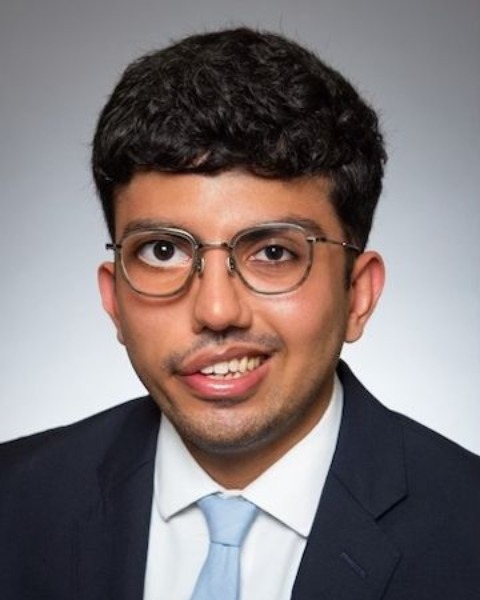General IR
Political Campaign Contributions by Endovascular Medical Societies

Muhammad Rubeel Akram
Medical Student
University of Texas Southwestern Medical CenterDisclosure(s): No financial relationships to disclose
- PK
Praneeth Kalva, BS
Medical student
University of Texas Southwestern Medical Center - AK
Akash Kakkilaya, BSA
Medical student
Texas A&M University School of Medicine - AP
Anil K. Pillai, MD
Section Chief
University of Texas Southwestern
Presenting Author(s)
Author/Co-author(s)
Medical professional societies routinely employ political action committees (PACs) to further their legislative interests by fundraising & donating to federal election campaigns. This study aimed to analyze and compare donations and contributions of the PACs of 3 major endovascular medical societies: the Society of Interventional Radiology (SIR), the Society of Cardiovascular Angiography & Intervention (SCAI), & the Society of Vascular Surgery (SVS).
Materials and Methods:
Data for the 2019-2020 cycle were obtained using OpenSecrets, a non-partisan, non-profit organization. Descriptive statistics on the total voluntary contributions raised, the total money spent on campaigns, & the share of contributions to the Democratic & Republican parties were reported. The contributions & spending of each society were compared using Pearson’s chi-squared tests & Welch’s t-tests. P < 0.05 was considered significant.
Results: SIR, SCAI, & SVS raised $97,795 from 136 donors, $30,200 from 38 donors & $192,107 from 240 donors, respectively. The mean contribution from donors to SVS ($605.5±443.2) was significantly higher than the mean contributions to SIR ($397.9±226.9) (P < .001), but statistically similar to contributions to SCAI ($684.2±405.6) (P = 0.31). SIR, SCAI, & SVS spent $76,500, $32,000, & $67,500 on federal campaigns, respectively. SVS donated to 28 campaigns followed by SIR, which donated to 27 campaigns & SCAI, which donated to 7 campaigns. SCAI had a higher mean donation per campaign ($4571.4±1592.4) than SIR ($2833.3±1176.7) (P = .003) & SVS ($2045.5±1270.8) (P < .001). SIR also had a significantly higher mean donation per campaign compared to SVS (P = .02). All 3 societies donated a greater share of money towards Democratic Party campaigns (SIR: 59.5%, SCAI: 68.8%, SVS: 75.6%) than to Republican Party campaigns.
Conclusion: There are significant differences in how endovascular medical society PACs raise and spend money. Despite having the largest membership base, SIR received fewer total contributions than SVS and had the lowest mean contribution amount of all 3 societies. However, SIR donated the highest amount of all 3 PACs on federal campaigns. The rapidly changing landscape of endovascular medicine requires medical societies to have an increased focus on legislation, and these findings highlight the differing approaches and abilities of these societies to utilize their PACs.

.jpg)
.png)
.jpg)
.png)
.png)
.png)
.png)
.jpg)
.png)